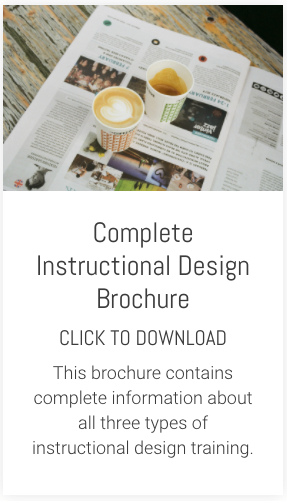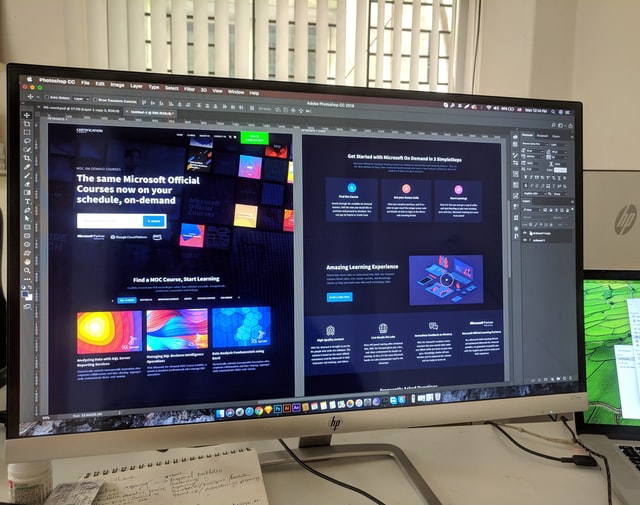When we are designing training programmes, how much should we consider learners' self-awareness of their learning preferences?
At the risk of doing a Donald Rumsfeld (he of the 'known unknowns'), one of the things that I find fascinating about learning and knowledge transfer is whether we know what we know.
In other words, how much are we really able to assess our own learning needs and preferences?
On this topic, I offer you a fascinating piece of research carried out by a group of people with the snappy surnames of Schnackenberg, Sullivan, Leader and Jones.
In their research, a group of learners taking an e-learning course, were given a survey about their preferences for the amount of practice they do when learning - either high or low.
The learners were then assigned to two different e-learning courses one with a high level of practice, the other with minimal practice.
Half the learners were given the version of the course that matched their preference, the other half were deliberately mismatched.
I've written previously about the significance of practice activities in learning, so you may not be surprised to discover that regardless of their preference, those who took the version of the course with more practice scored significantly higher on a post-course test than those who had taken the version with minimal practice.
First of all, this highlights the importance of practice activities in learning. But the results are important for another reason. They chime with quite a bit of other research that points to a frequent mismatch between what we think we want as learners and what actually produces results.
In other words, our perceived preferences about how we like to learn are not always good indicators of the way we actually need to learn.
If you are new to the world of learning and instructional design (or want to enhance your existing skills) then our modular impact and instructional design programme is very focused on practical tools, techniques and principles designed to get you better results from the training courses you design. The programme is ITOL accredited too, so you have the option to get a meaningful certificate or diploma from it upon completion.










